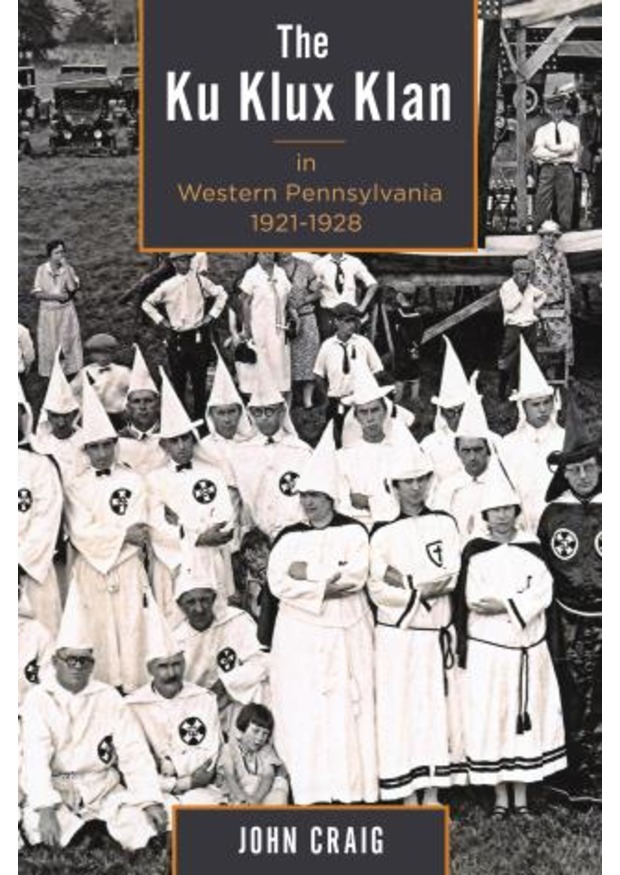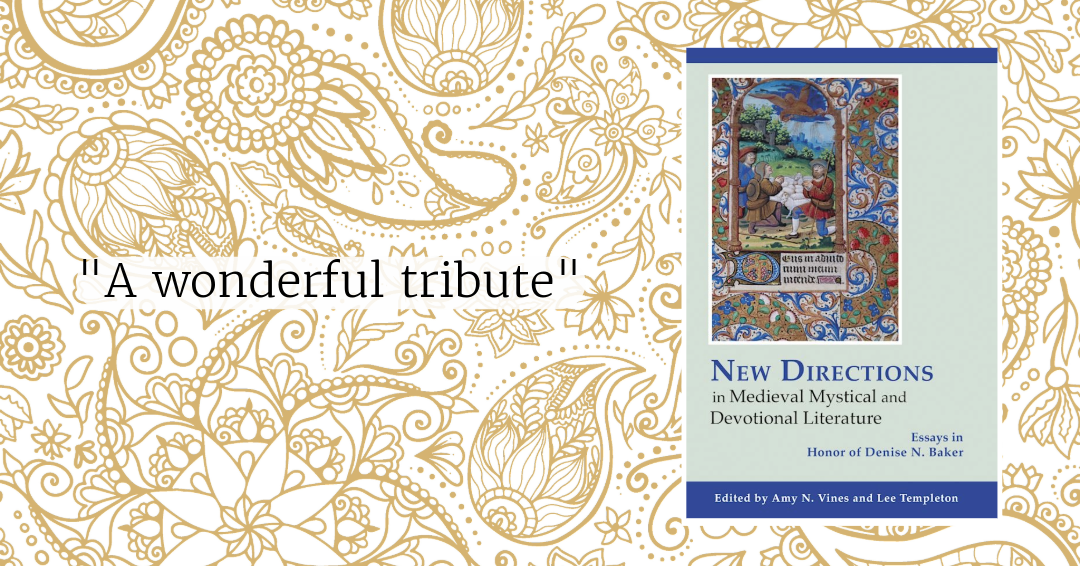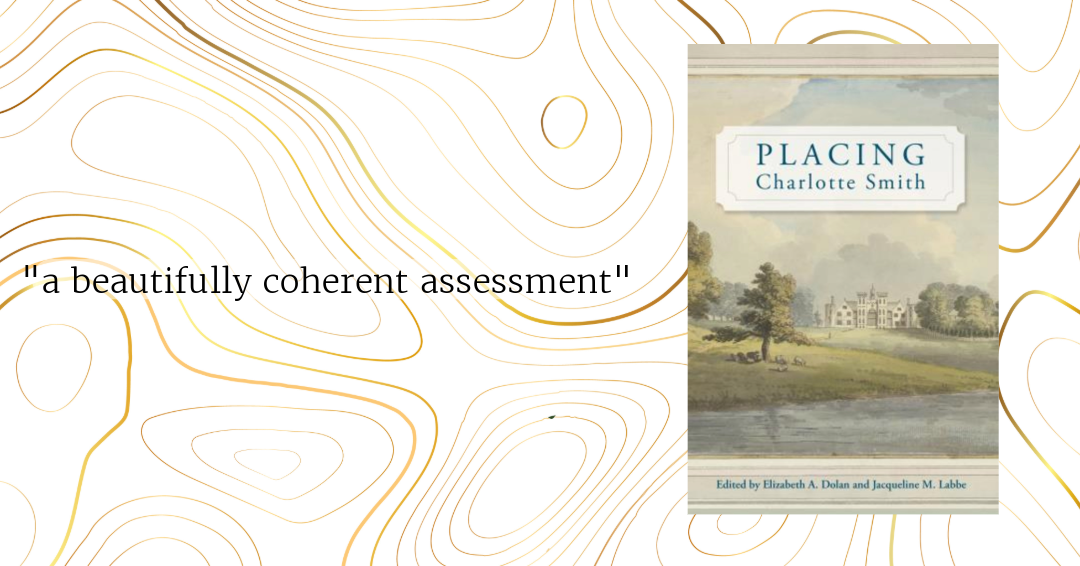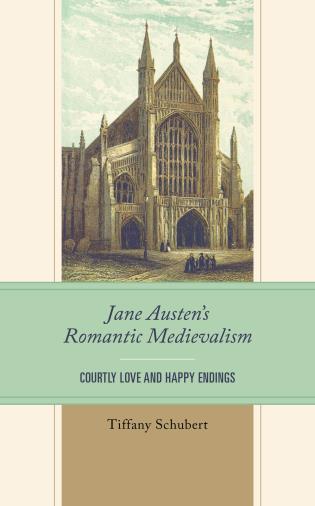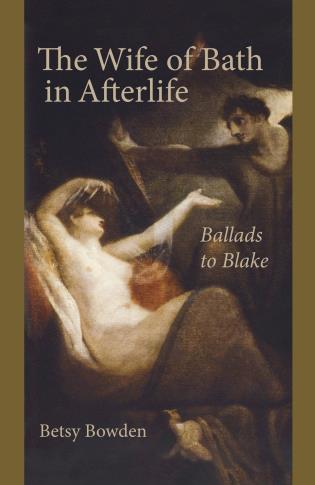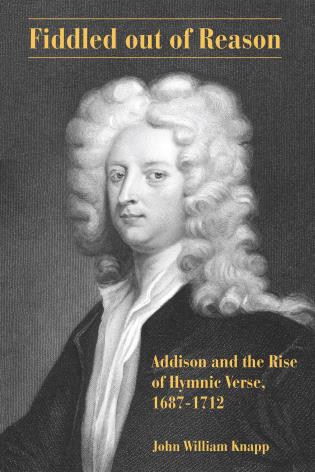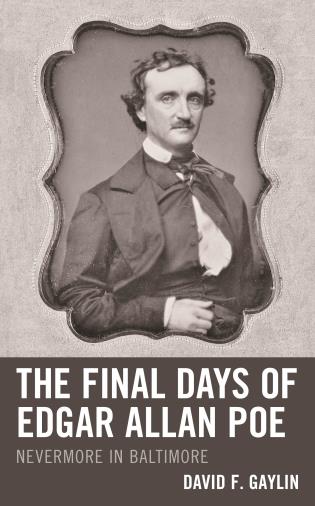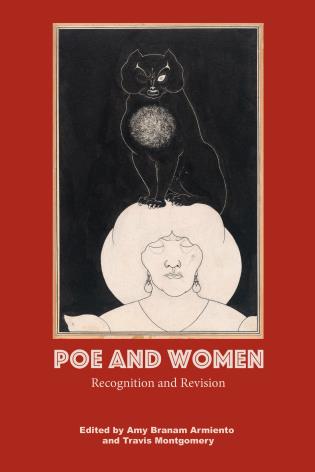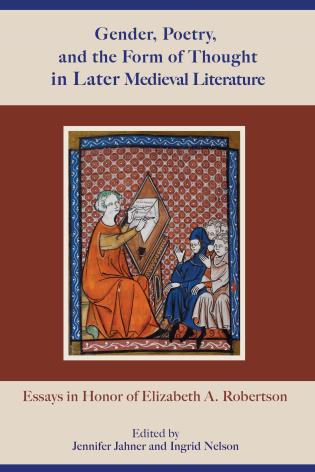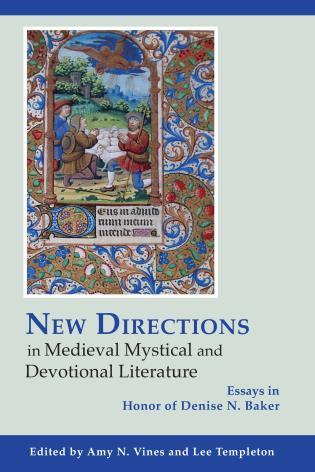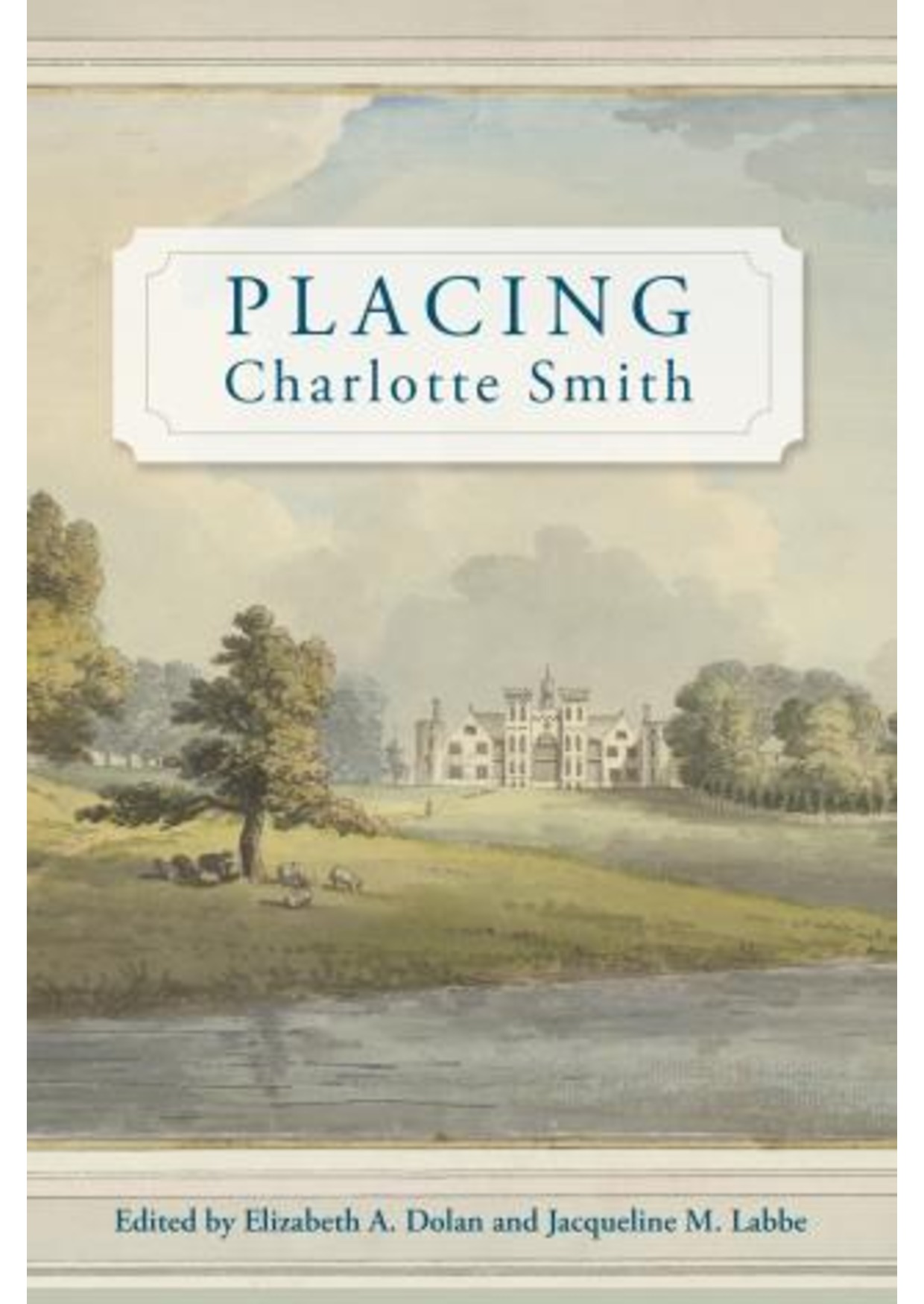Relying primarily on a narrative, chronological approach, this study examines Ku Klux Klan activities in Pennsylvania’s twenty-five western-most counties, where the state organization enjoyed greatest numerical strength. The work covers the period between the Klan’s initial appearance in the state in 1921 and its virtual disappearance by 1928, particularly the heyday of the Invisible Empire, 1923–1925. This book examines a wide variety of KKK activities, but devotes special attention to the two large and deadly Klan riots in Carnegie and Lilly, as well as vigilantism associated with the intolerant order. Klansmen were drawn from a pool of ordinary Pennsylvanians who were driven, in part, by the search for fraternity, excitement, and civic betterment. However, their actions were also motivated by sinister, darker emotions and purposes. Disdainful of the rule of law, the Klan sought disorder and mayhem in pursuit of a racist, nativist, anti-Catholic, anti-Jewish agenda.
Reviews:
Supported by an exhaustive list of sources, the author persuasively shows that the Klan was extremely active in the area. Relying heavily on newspaper accounts and trial records, he explains that the Klan’s early emphasis on almost theatrical gestures (going masked to churches or civic meetings to present checks, burning crosses on hills, holding large parades) allowed it to rapidly attract members, especially a surprisingly high percentage of young men. . . . He also provides a glimpse of the women of the Ku Klux Klan and their agreements and conflicts with their male counterparts. Although it is easy to get lost in the barrage of details (a map would greatly help), anyone studying the 1920s Klan or Pennsylvania history will find the work indispensable. Summing Up: Highly recommended. Upper-division undergraduates and above.
--K. L. Gorman, Minnesota State University--Mankato, Choice
